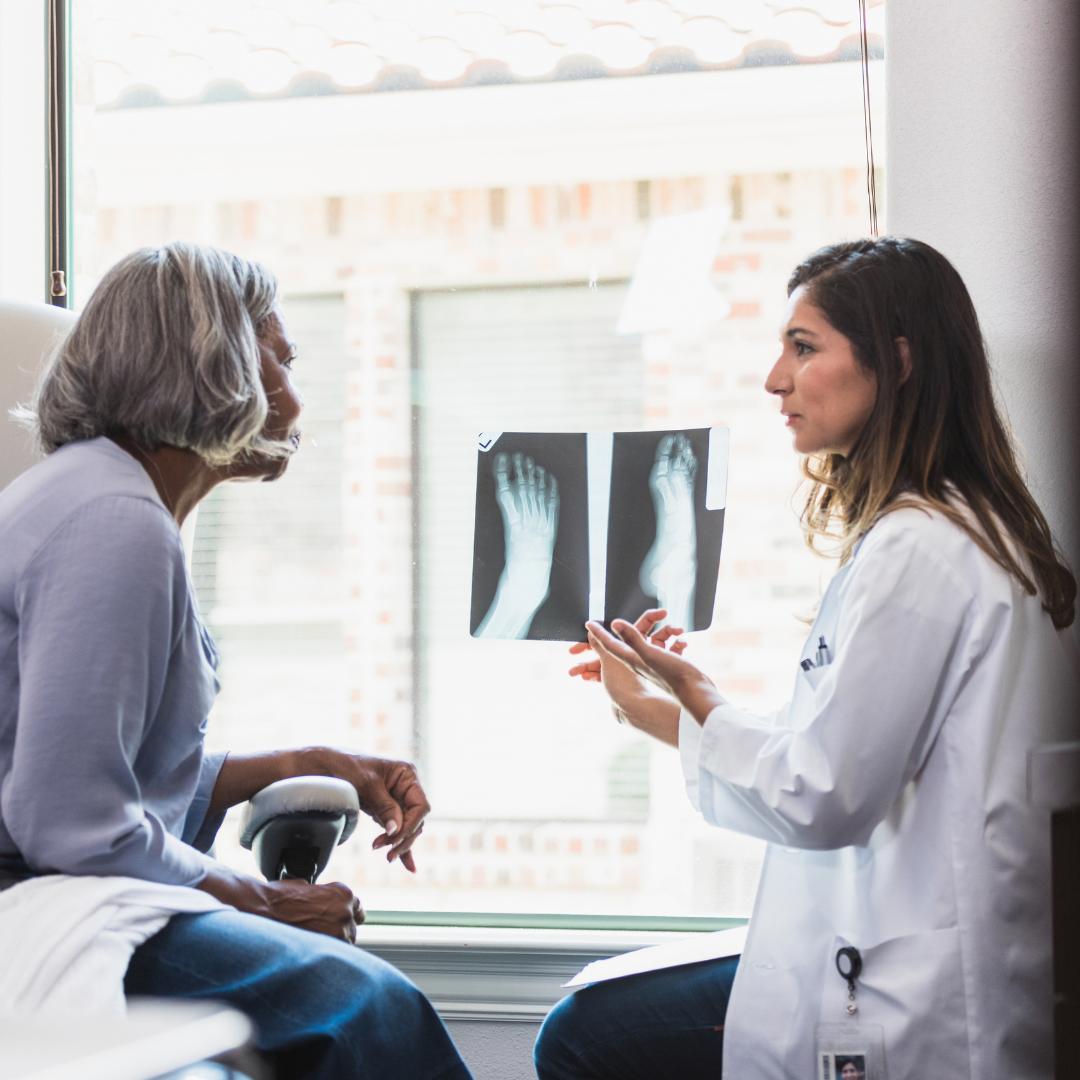
We believe that staying ahead of the technological curve is key to providing optimal patient care. After all, the people who come to Syracuse Podiatry are often quite busy. If they’re already taking the time out of their day to make the right choices about their health, we want to make that as quick and easy as possible. And that’s especially true when it comes to diagnosis.
The diagnostic phase of treatment is crucial to a successful outcome, yet it can feel frustrating for patients on the other side of it: The lack of certainty, paired with discomfort and anxiety over an unknown issue, can prevent people from seeking treatment in the first place!
With that in mind, we’ve decided to write this post on the advanced diagnostic and imaging equipment we use. We’ll describe how each machine works, what it’s for, and why it’s important to podiatry.
Digital X-Rays: A Clear Vision into Foot Health
- Digital X-rays have replaced traditional film radiography, offering podiatrists a clearer and more detailed view of the foot’s skeletal structure.
- The advantages are twofold – reduced radiation exposure for patients and instant access to high-resolution images for practitioners.
- This technology facilitates swift, accurate diagnoses of fractures and arthritis.
- Abnormal bone growths can be more easily monitored with digital X-rays, as can the alignment of bones that are healing post-fracture.
Ultrasound: Unveiling Soft Tissue Mysteries
- When evaluating tendons and ligaments, ultrasound is the go-to imaging technique in podiatry.
- This non-invasive procedure allows podiatrists to visualize dynamic images in real-time, making it an invaluable tool for assessing conditions like plantar fasciitis or tendinitis.
- Ultrasound-guided interventions have also become common for precision in procedures such as injections or aspirations.
CT Scans: Delving Deeper into Foot Anatomy
- Computed tomography (CT) scans provide three-dimensional images of the foot.
- This is particularly useful for detecting fractures, joint abnormalities, and complex deformities.
- With enhanced visualization, podiatrists formulate treatment plans tailored to each patient’s unique anatomical structure.
The right technologies empower podiatrists and patients alike. Do you have a problem that needs diagnosis right away? Contact Dr. Ryan L. D’Amico, Dr. Donal M. Erickson, Dr. Keith Sherman, Dr. Anne-Louise Smith, Dr. Justin Muser, and Dr. Nicholas Cronin are ready to identify the problem and treat your feet!
